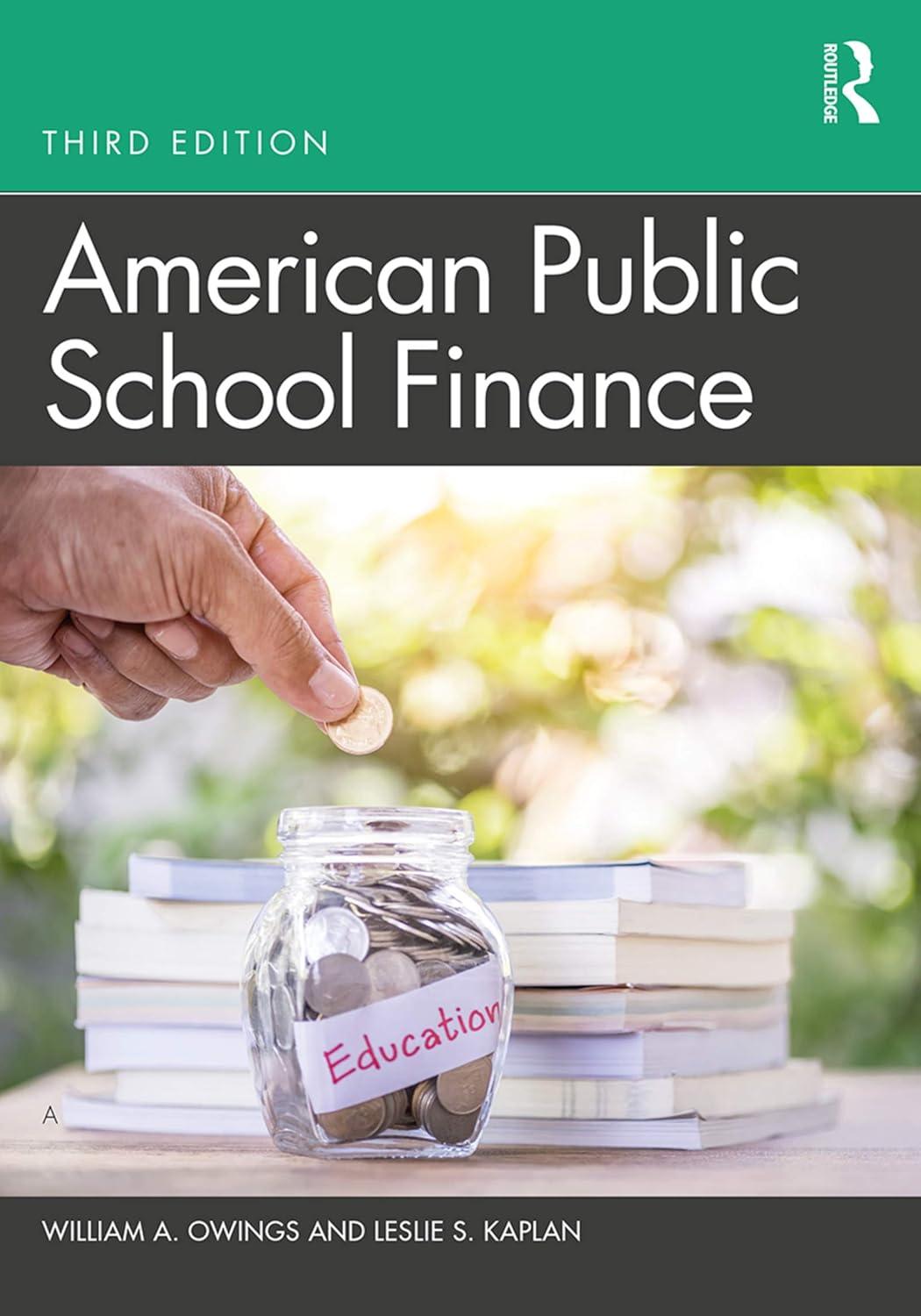Question
Using the data in the table, answer the questions that follow. Asset Expected Return Standard Deviation Stock Fund S 18% 30% Bond Fund B 9%
Using the data in the table, answer the questions that follow.
| Asset | Expected Return | Standard Deviation |
| Stock Fund S | 18% | 30% |
| Bond Fund B | 9% | 20% |
| T-Bills | 5% | -- |
The correlation coefficient between the stock fund S and the bond fund b is 0.15.
A. Create a table of points on the investment opportunity set using the stock and bond funds. For portfolios with stock positions of 0%, 20%, 40%, 60%, 80% and 100% calculate the expected return, the standard deviation and the Sharpe ratio.
B. What are the approximate proportions stocks and bonds in the minimum variance portfolio?
C. What are the approximate proportion of stocks and bonds in the optimal risky portfolio? (Hint: this will be the portfolio with the highest Sharpe ratio)
D. If you target return is 12%, what will be the proportions of stocks, bonds and the risk free asset in the complete portfolio? What will be the standard deviation of that portfolio? (Hint: this portfolio has to be on the capital allocation line and will have the same Sharpe ratio as calculated in (C)).
E. Suppose the risk free asset (T-BIlls) is not available. What is are the proportions of stocks and bonds in a portfolio with an expected return of 12%? What is the standard deviation?
F. Compare and comment on the answers in D and E.
Suggestion: You may want to do these calculations in Excel. You can then either describe the calculation here and past in the answers, or you can attach the worksheet (if that is possible).
Step by Step Solution
There are 3 Steps involved in it
Step: 1

Get Instant Access to Expert-Tailored Solutions
See step-by-step solutions with expert insights and AI powered tools for academic success
Step: 2

Step: 3

Ace Your Homework with AI
Get the answers you need in no time with our AI-driven, step-by-step assistance
Get Started


